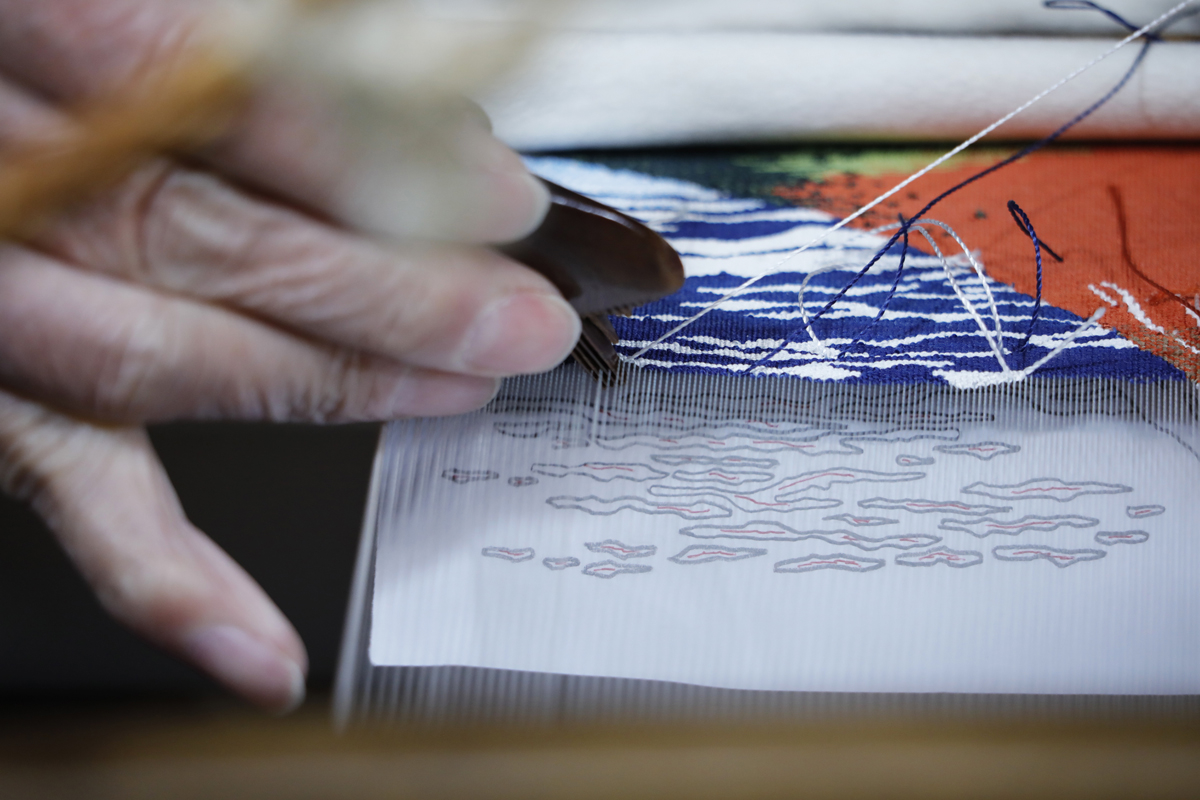
Japanese Weaving "Tsuzure"
A Few Centimeters of Romance
- Dyeing & Tsuzure-ori
-
It is said that Omuro Ninna-ji Temple in Kyoto is the birthplace of Tsuzure-ori. Weaving is done using a technique called Tsumegaki hontsuzure-ori. Tsumegaki hontsuzure-ori is a weaving technique in which the weft threads are woven with the nails of the hand cut into a jagged shape. This technique requires a high level of skill, and since the weft threads are used to draw a picture on the warp threads, it is possible to create a three-dimensional piece as well as a flat one. On the other hand, it is a very time-consuming process, and it is often the case that only a few centimeters can be woven in one day. The time and effort required to weave this way gives it a texture that cannot be achieved by machine weaving. In this experience, you will visit a workshop of Tsuzure-ori, which is rarely seen even in Kyoto, and observe the delicate work of Tstuzure-ori weaving up close. You can also experience actual yarn dyeing with plants and trees and Hira-ori with the instruction by the craftspeople.
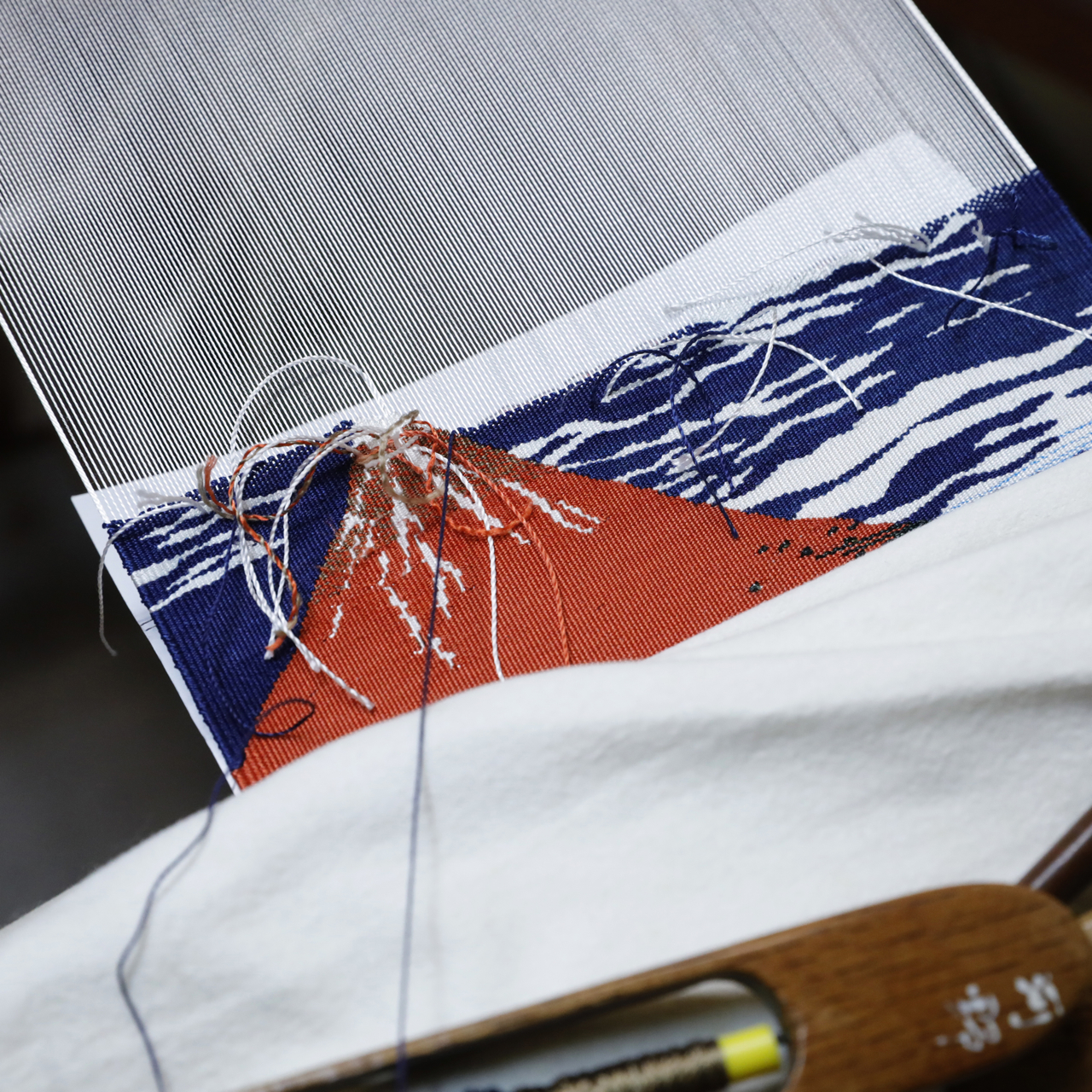

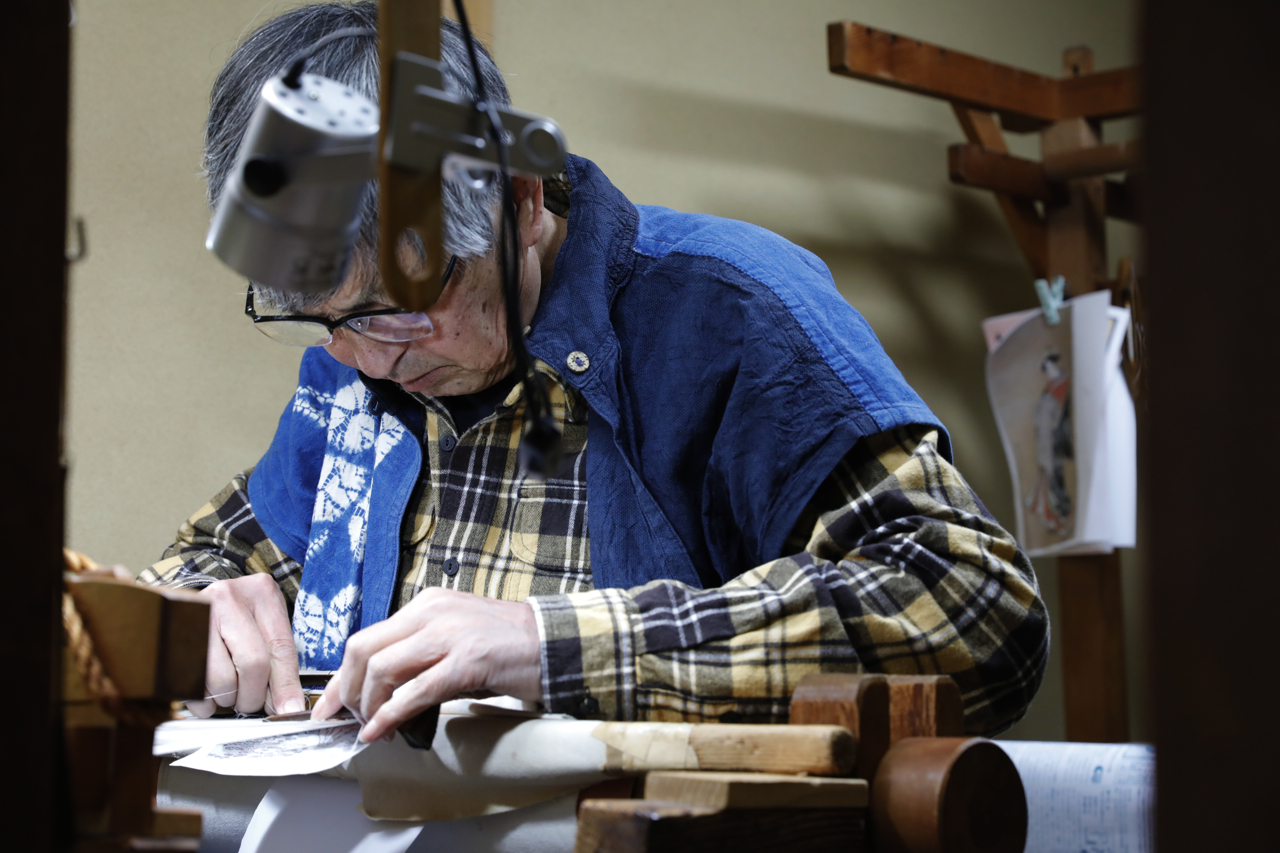
- The ultimate weaving technique that weaves patterns with warp and weft yarns
-
“Tsuzure-ori" is one of the Japanese traditional weaving techniques. It is characterized by its delicate and beautiful patterns and is mainly used for traditional Japanese clothing such as kimonos and obis. In particular, Tsuzuri-ori was preferred for wearing kimonos on prestigious occasions and national holidays. Tsuzure-ori is a weaving technique that combines warp and weft yarns. The warp threads are stretched in the warp direction and the weft threads are threaded in the weft direction. While Tsuzure-ori can produce extremely complex and detailed designs, it also requires la lot of work and time. For this reason, only highly skilled craftspeople can weave beautiful Tsuzuri-ori.
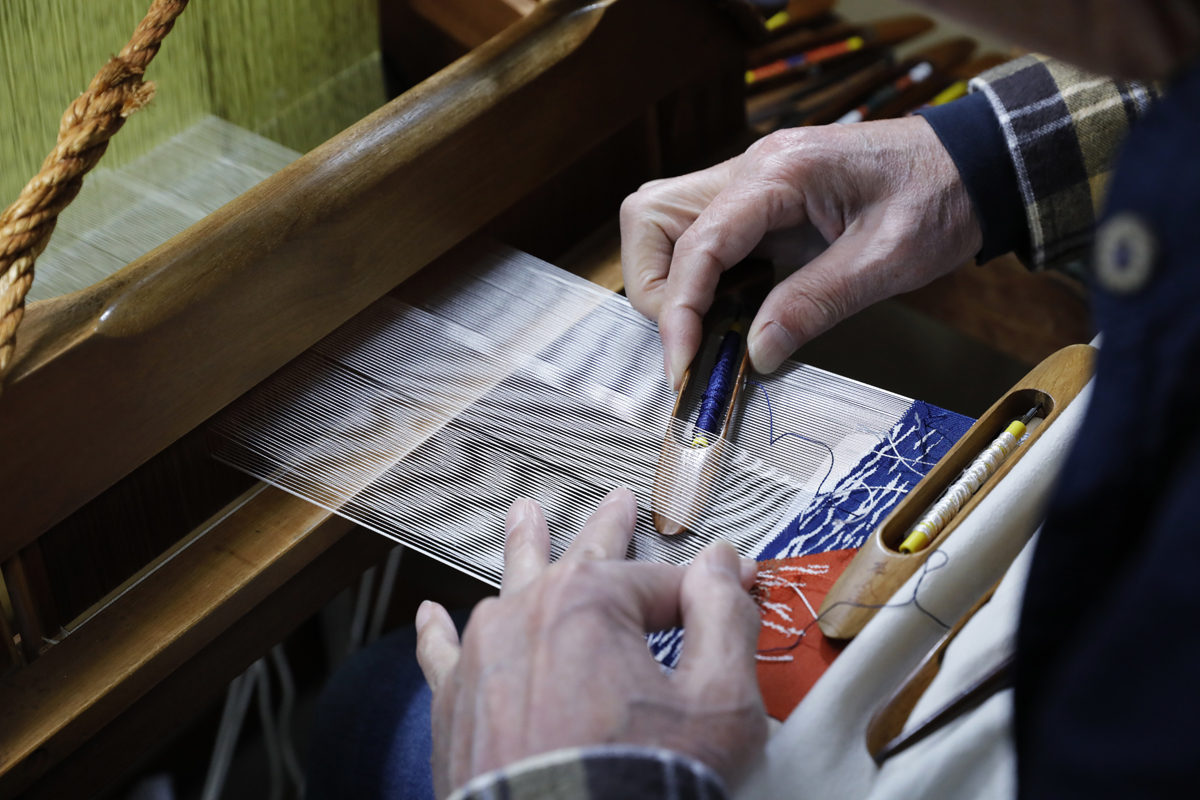
- A warm work of art that the family tackles together from dyeing the thread
-
The comfortable sound of the weaving machine. Watching the threads being woven together is a relaxing experience. The Kono family has a studio in Otokuni-area of Kyoto, where they make a variety of works by modernizing the traditional "Tsuzure-ori" style of weaving. The charm of Tsuzure-ori is the unique luster of the weave, and the more you use it, the more it gets charm. The family’s works have the quality, loveliness, and joyful of Tsuzure-ori, and their gentle personality can be felt in their works. The family dyes their own threads using natural plants and indigo to create their Tsuzure-ori and Hira-ori works. They dye their yarn in the back of their workshop, experimenting and having fun while trying to get the beautiful colors to come out. The husband has also worked on making a work of Ukiyoe, a famous Japanese artwork, using Tsuzure-ori, and he always has a spirit of challenge and enjoys everything he does.
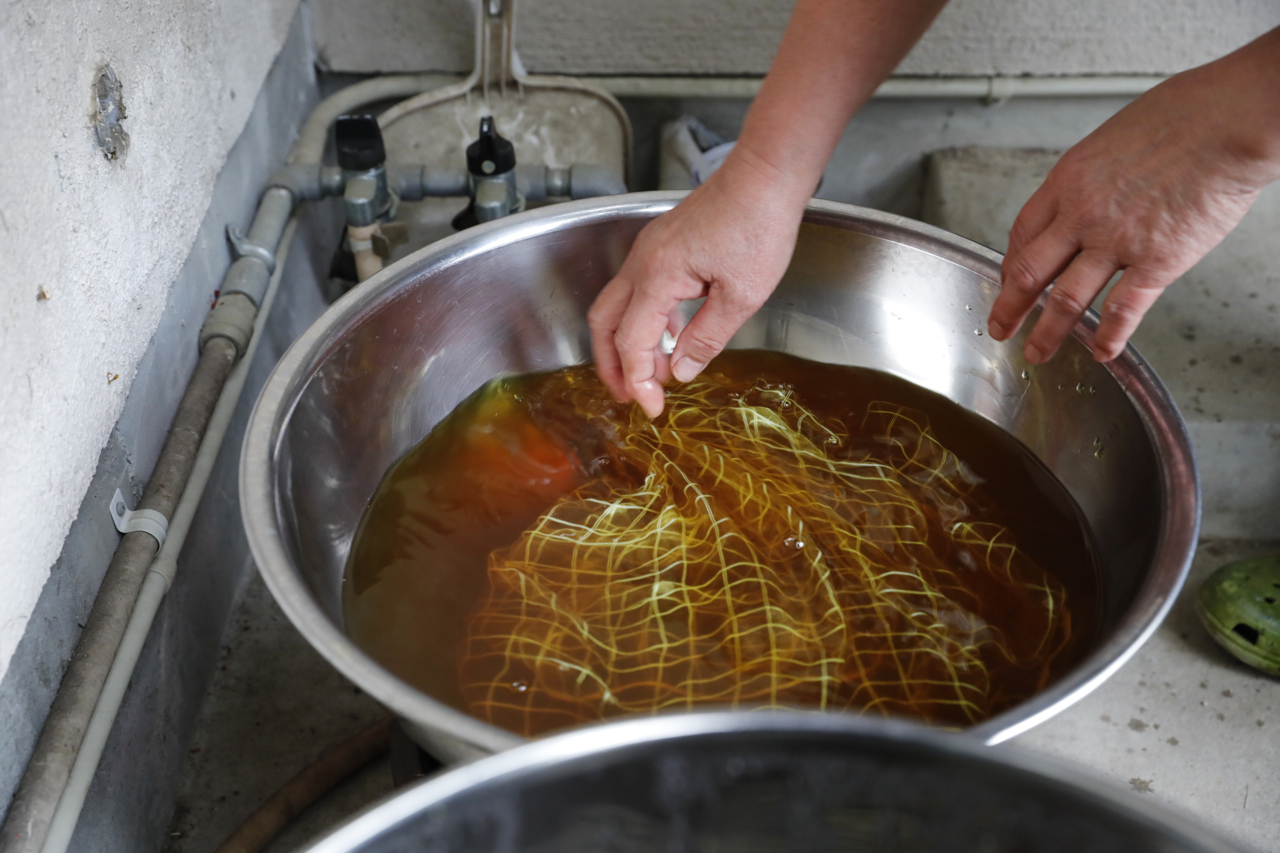
- They say
-
“We hope that you will know the tradition and culture of Kyoto by experiencing the plant dyeing and weaving by hand.”
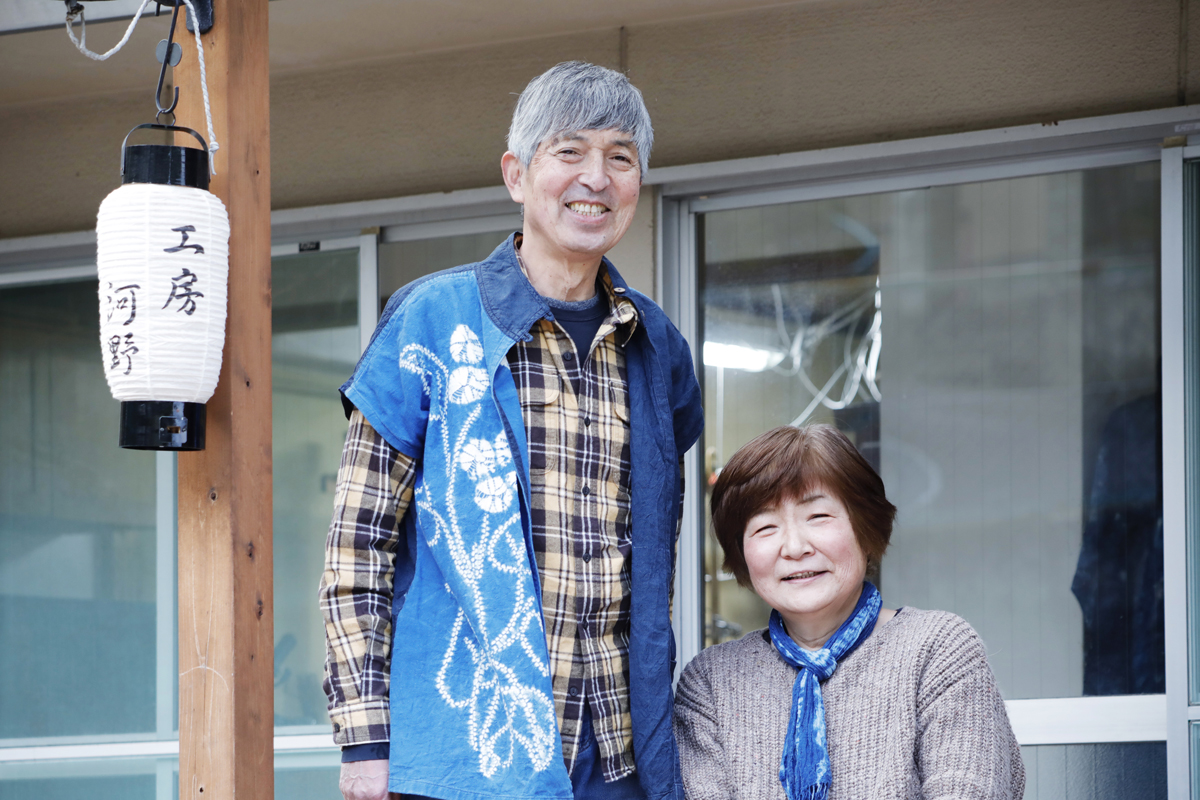
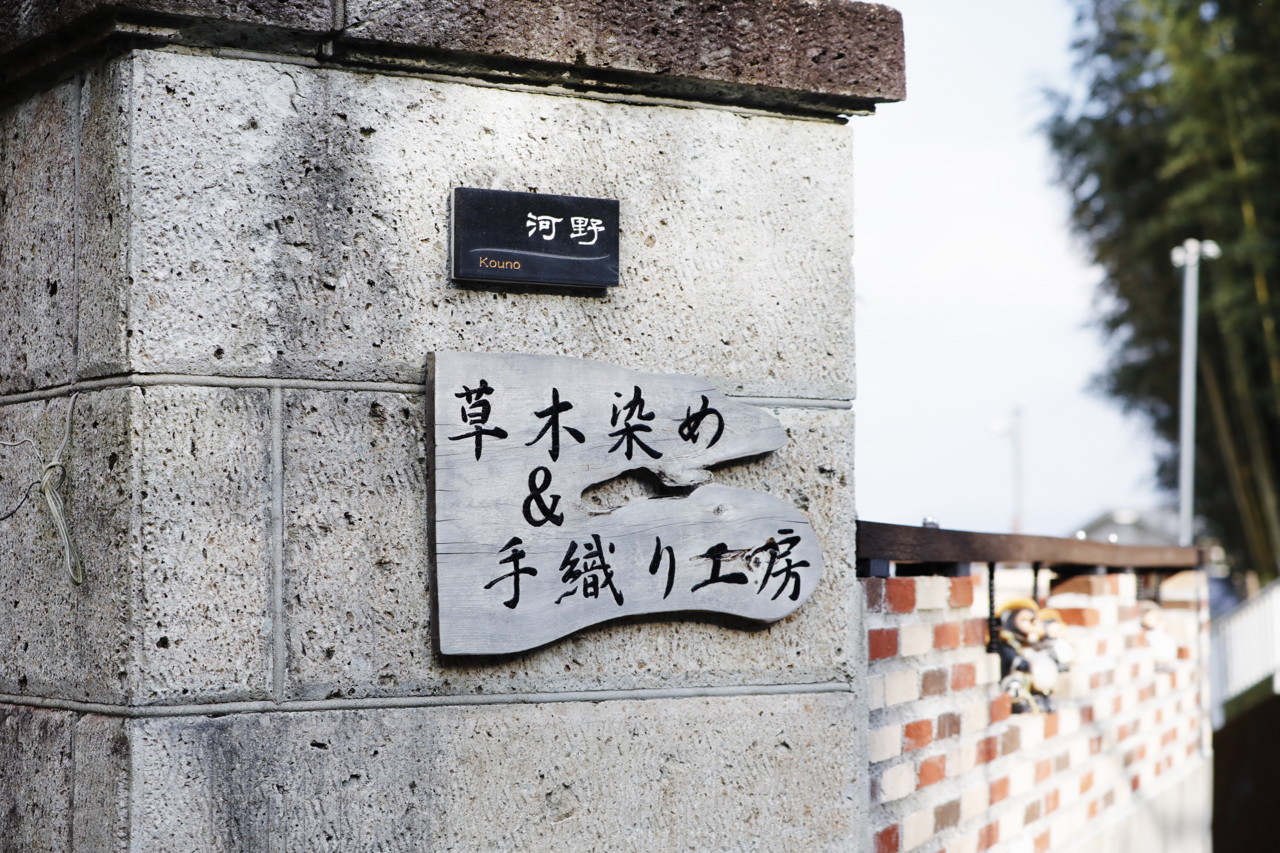
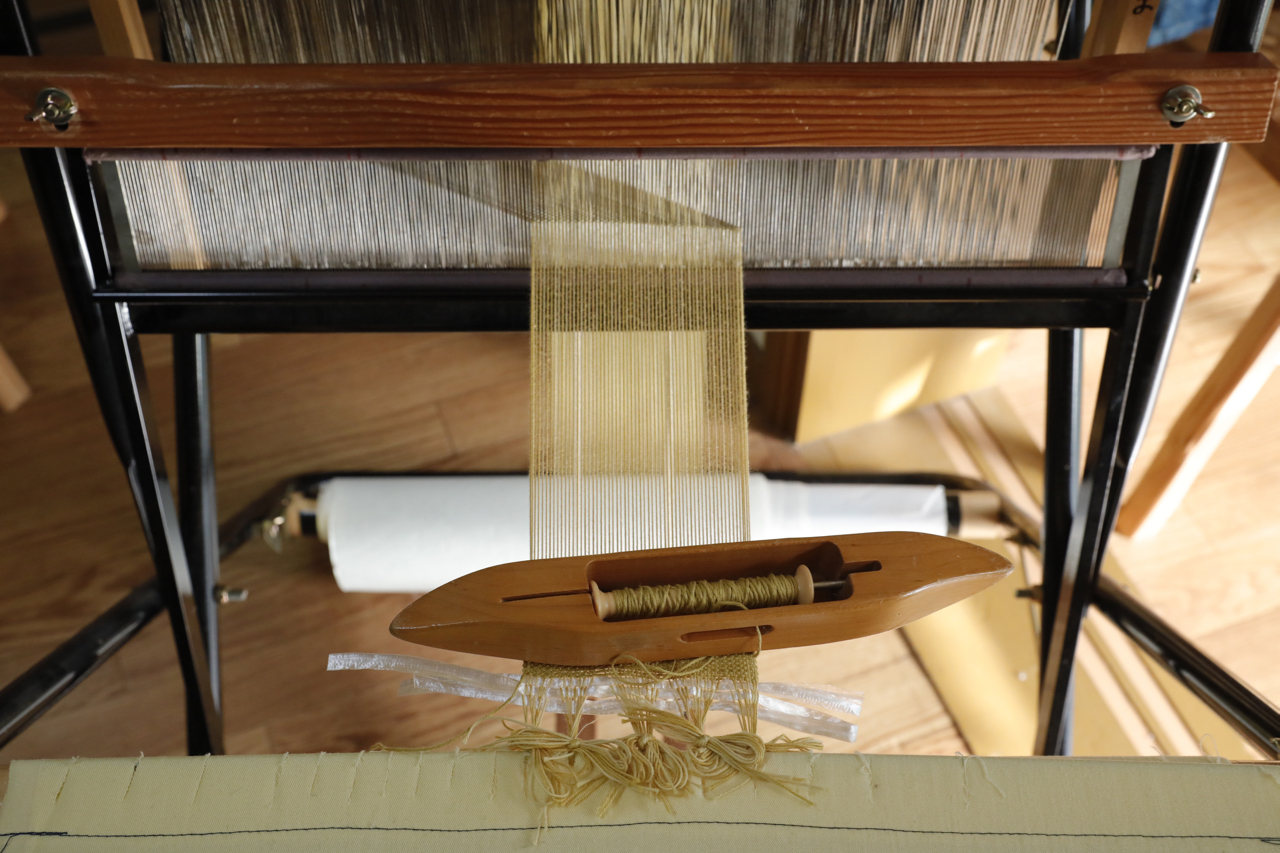
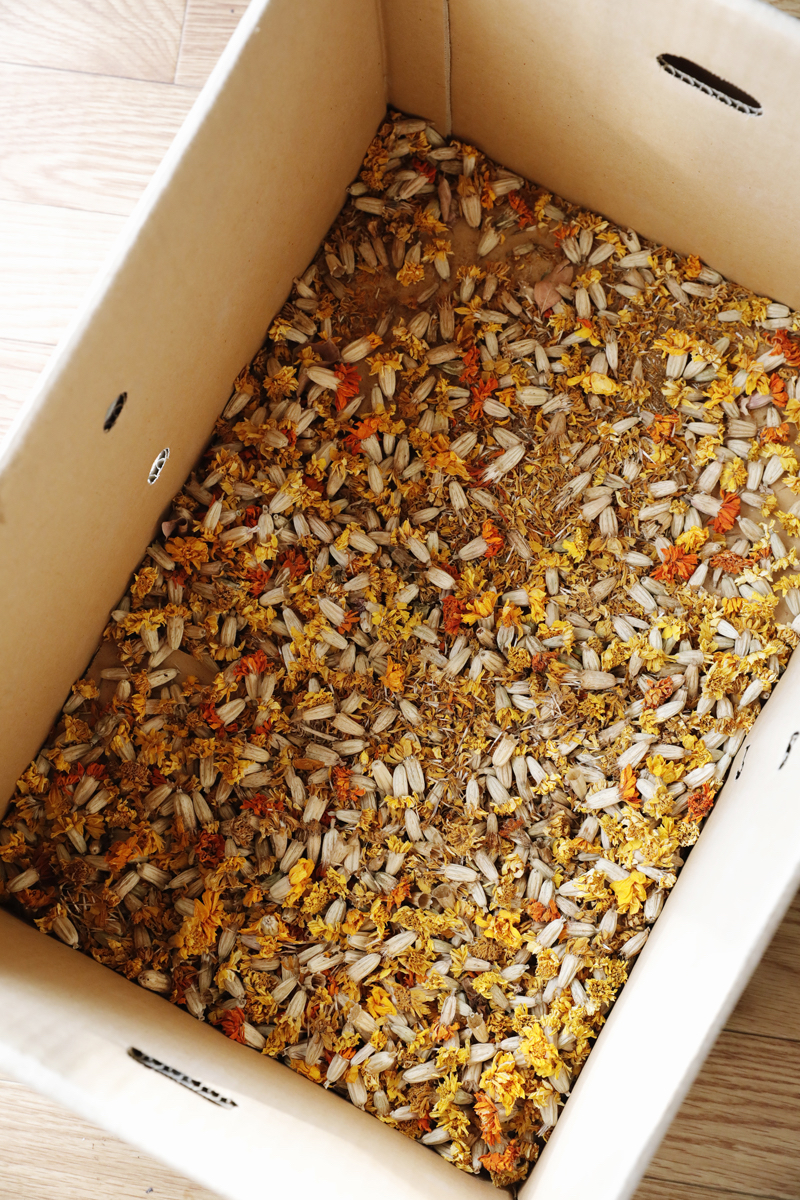
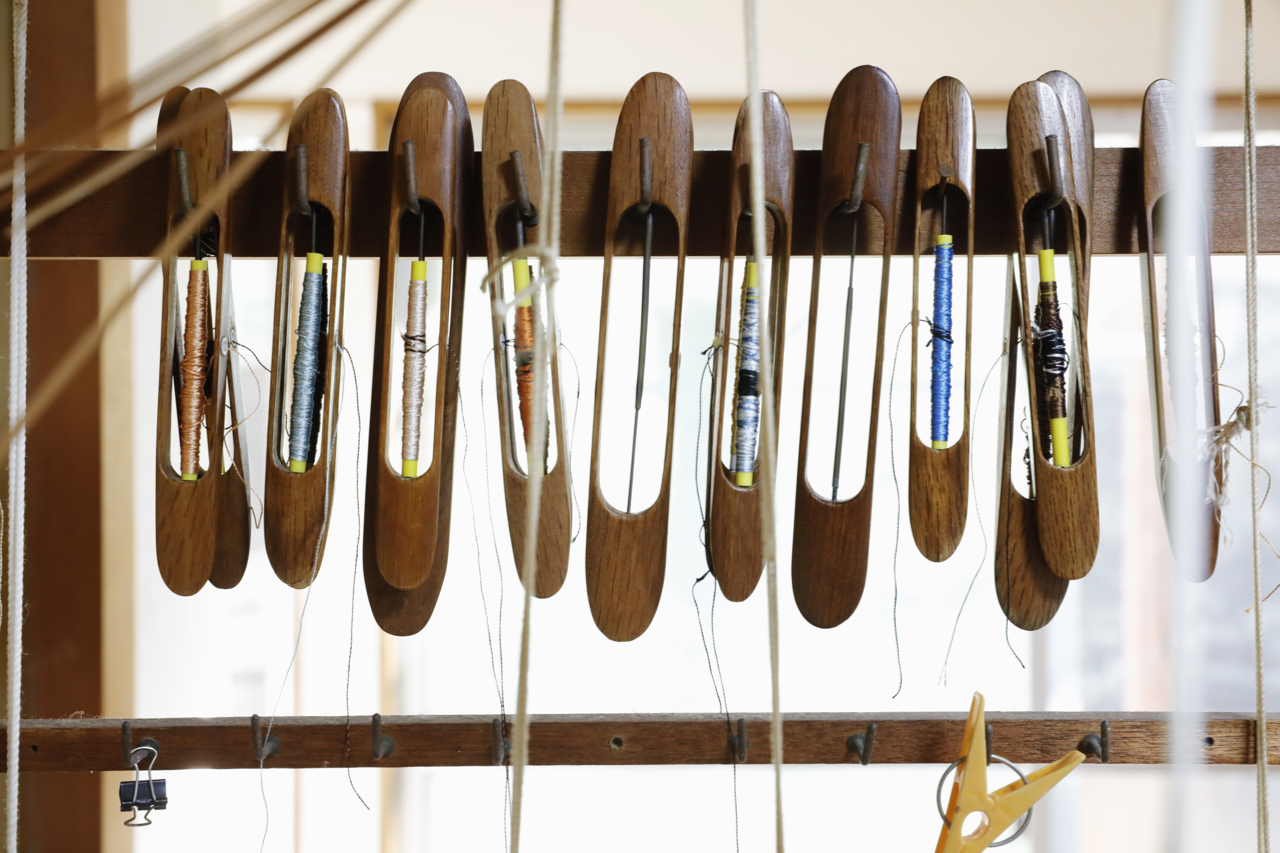

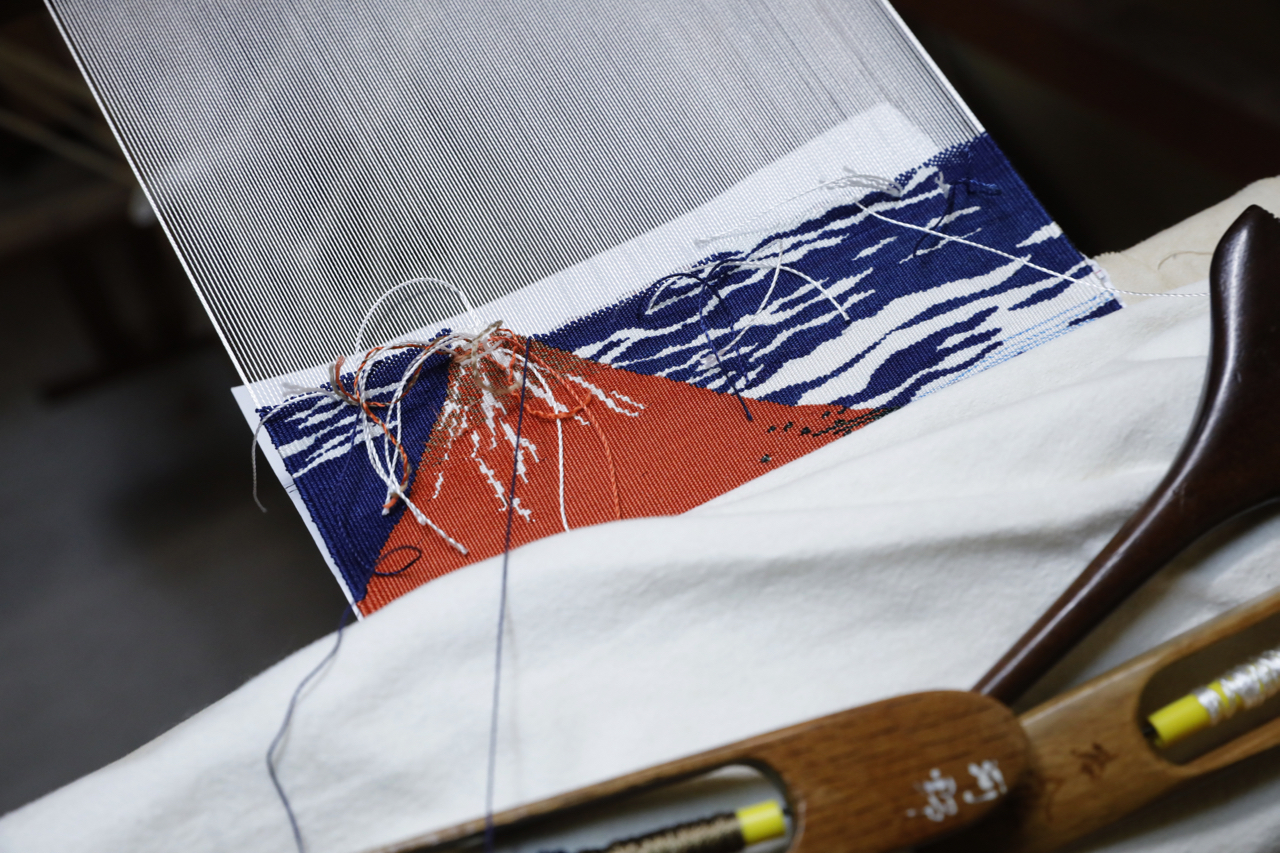

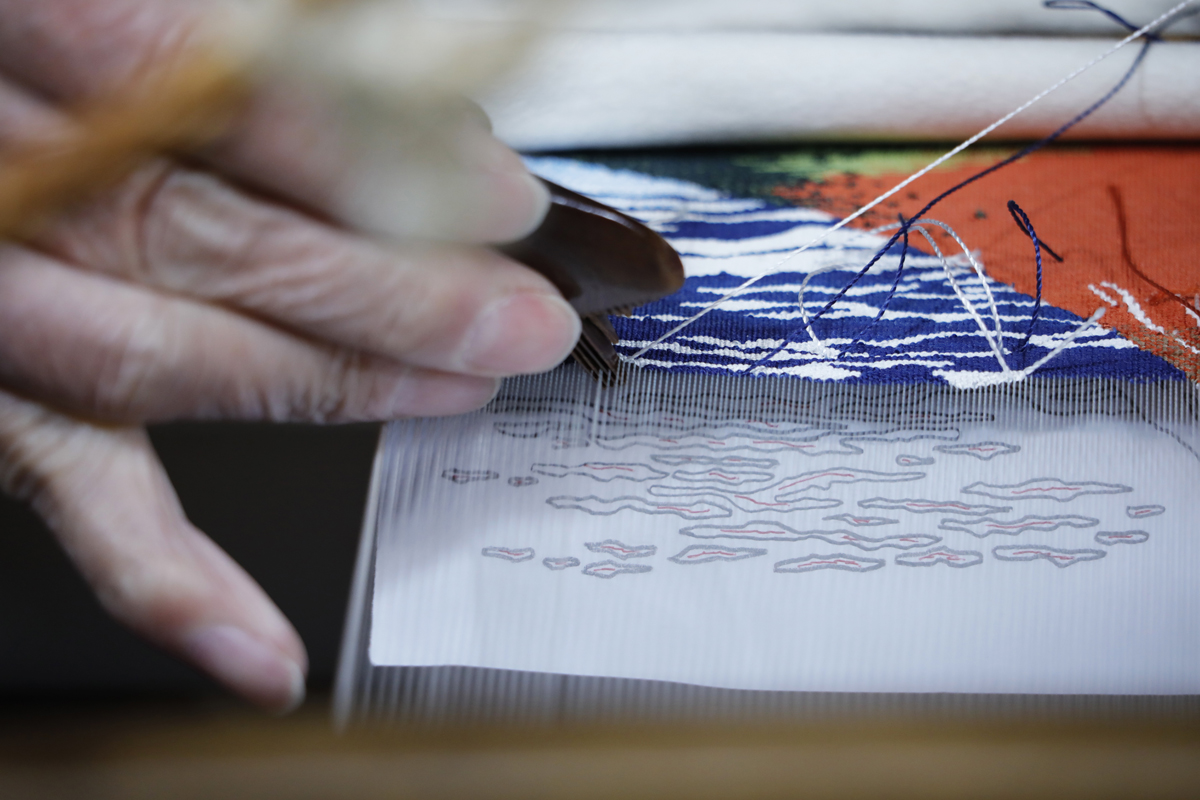
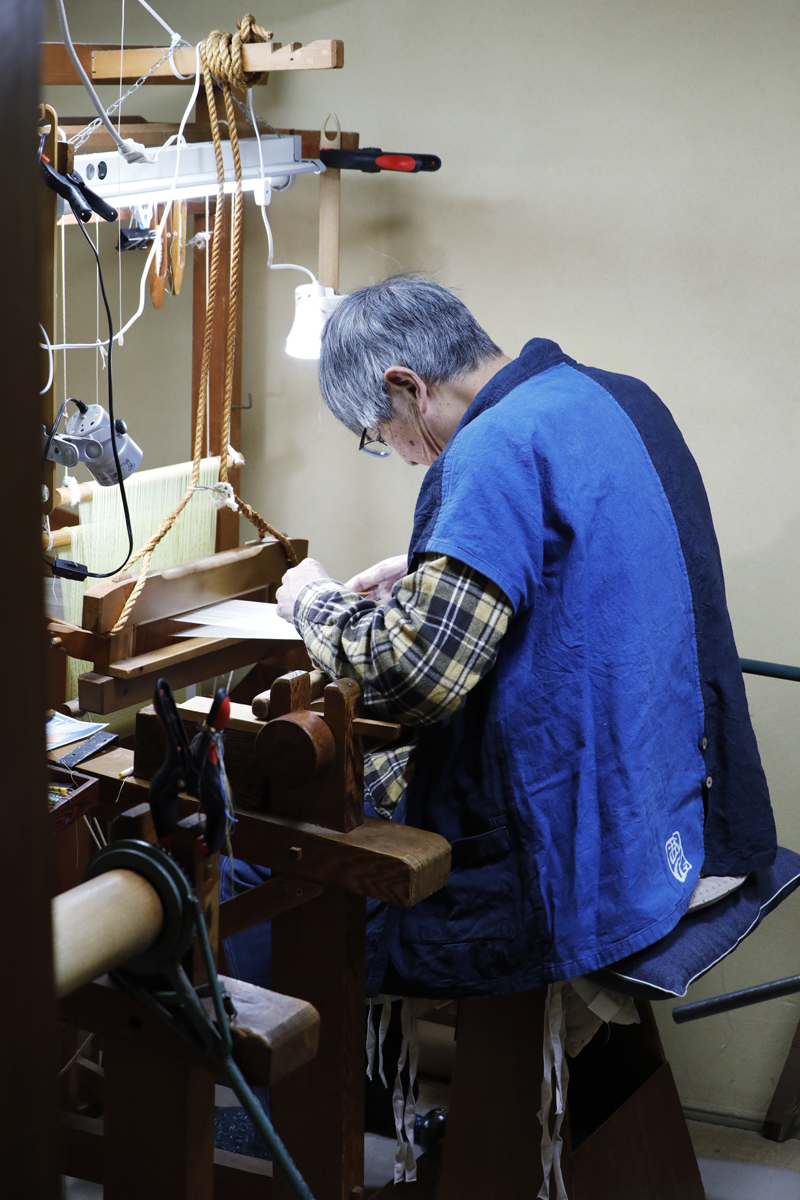
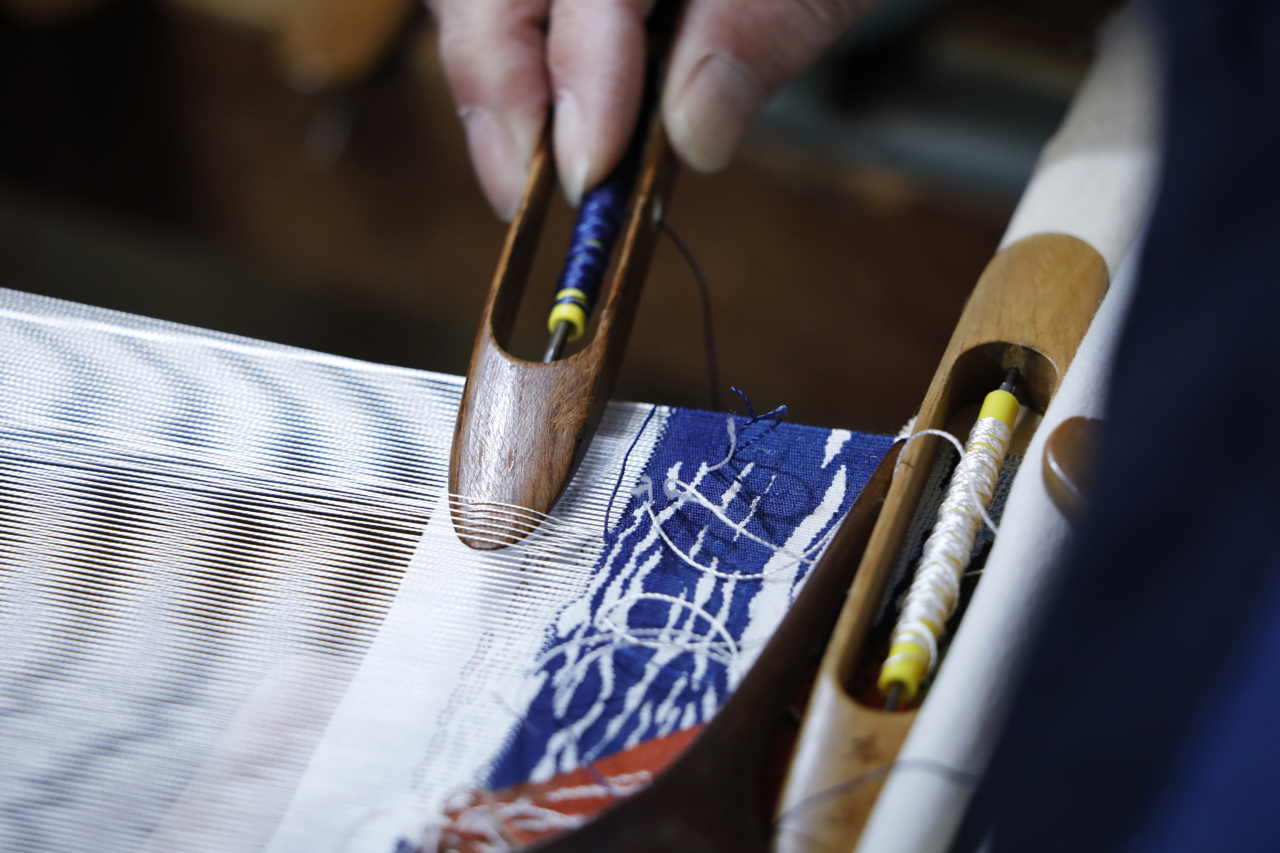
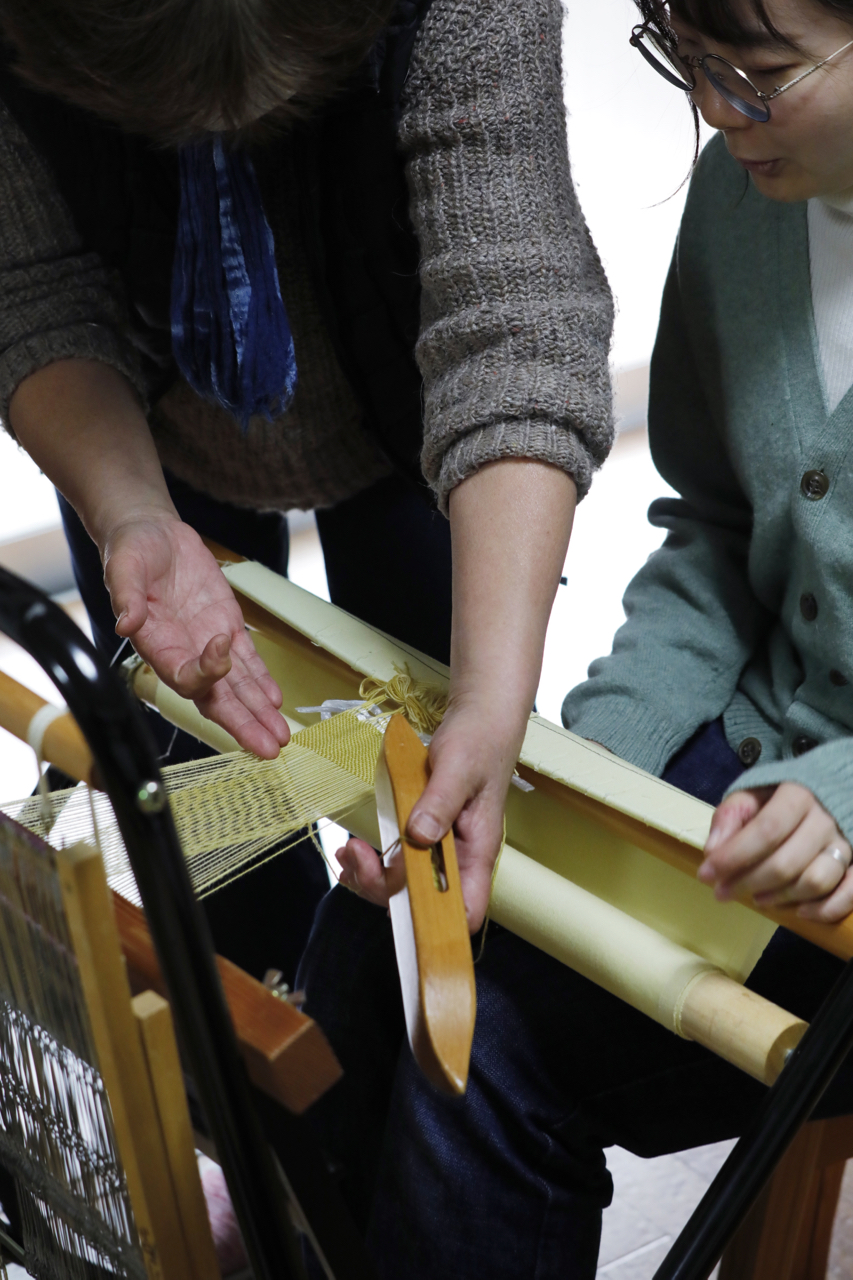
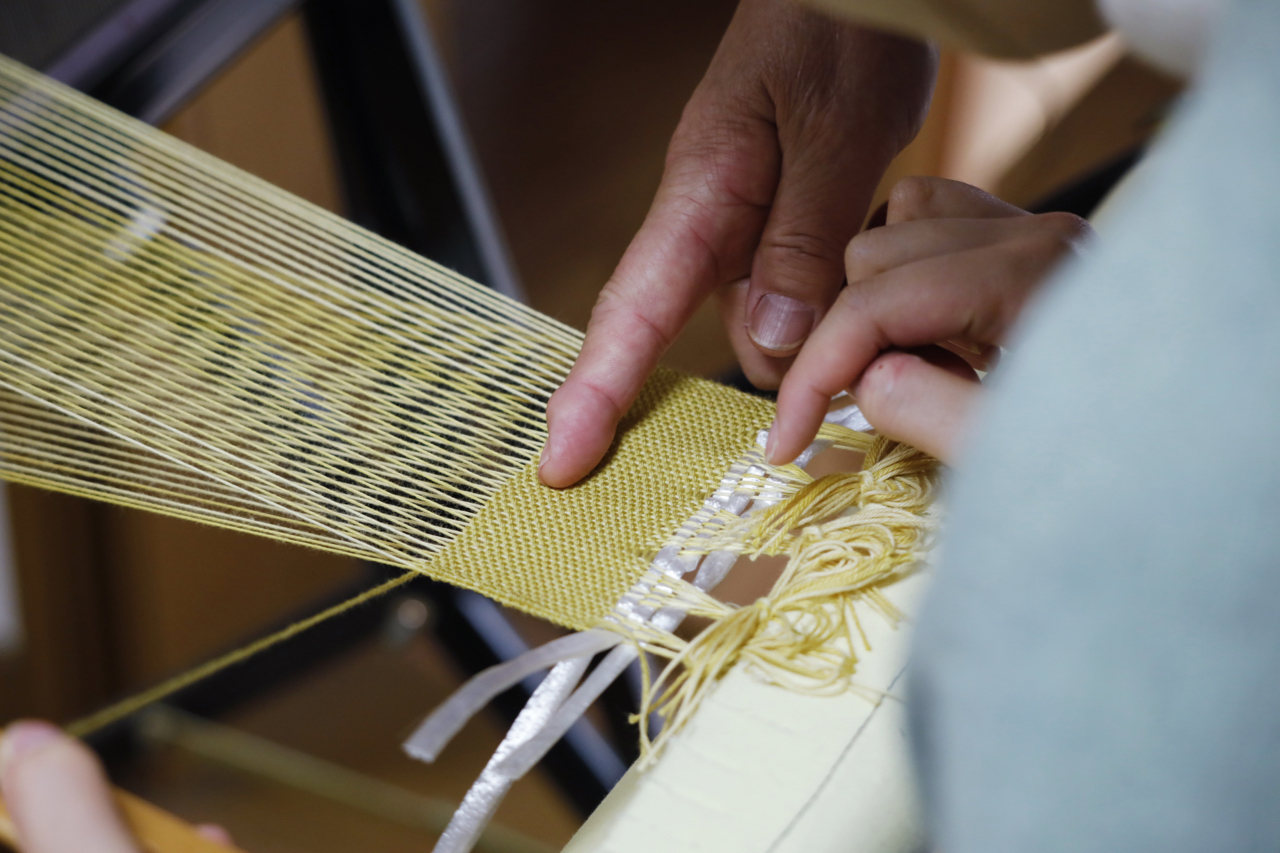
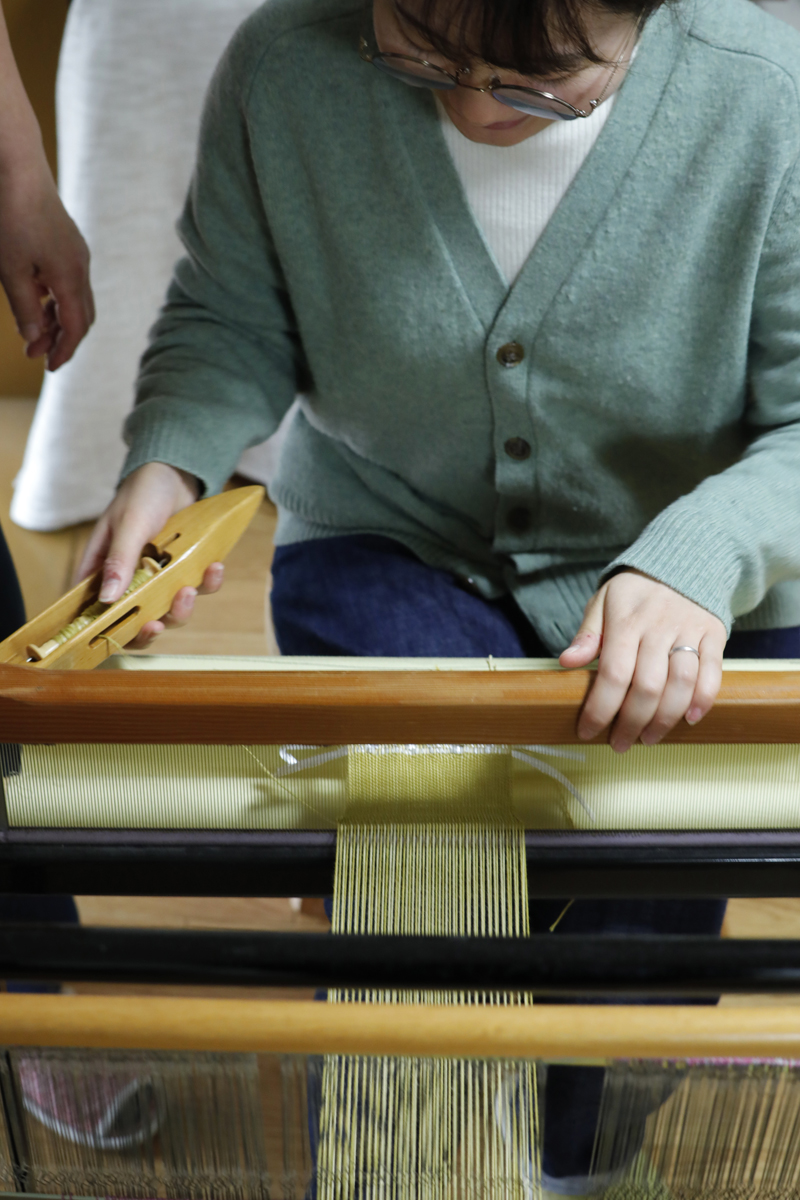
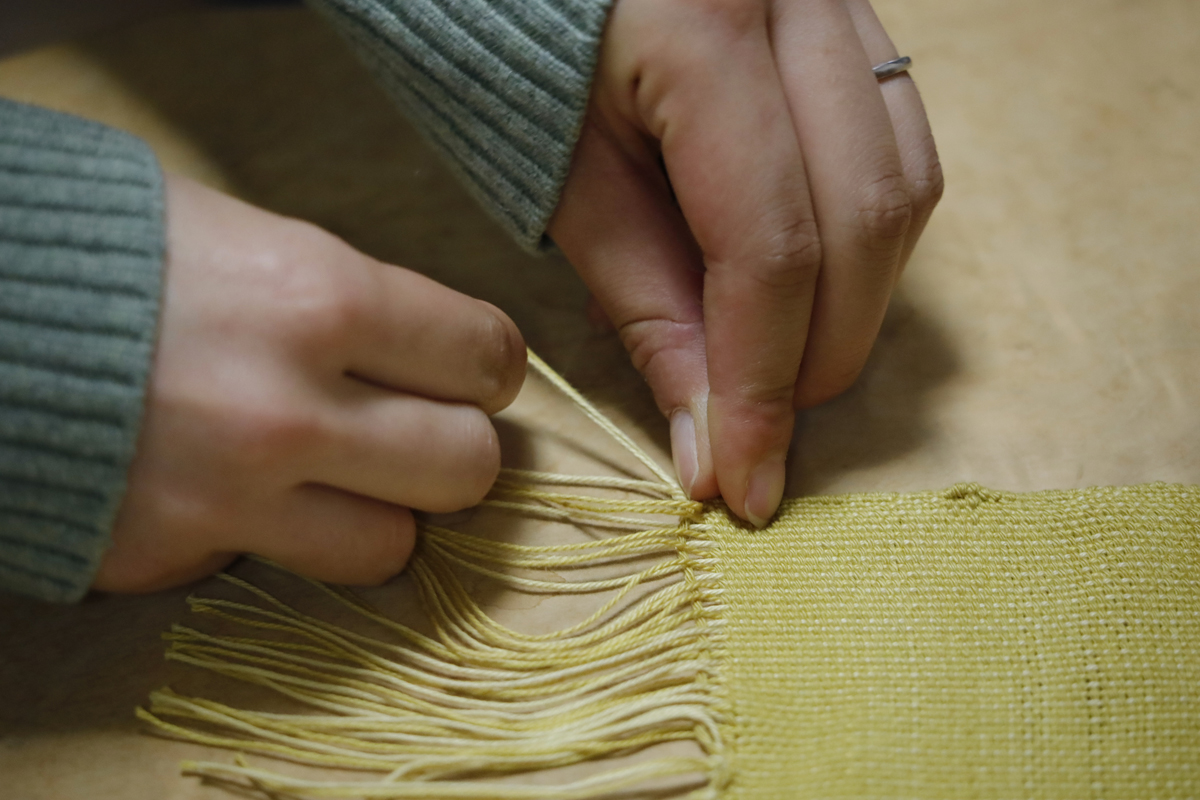


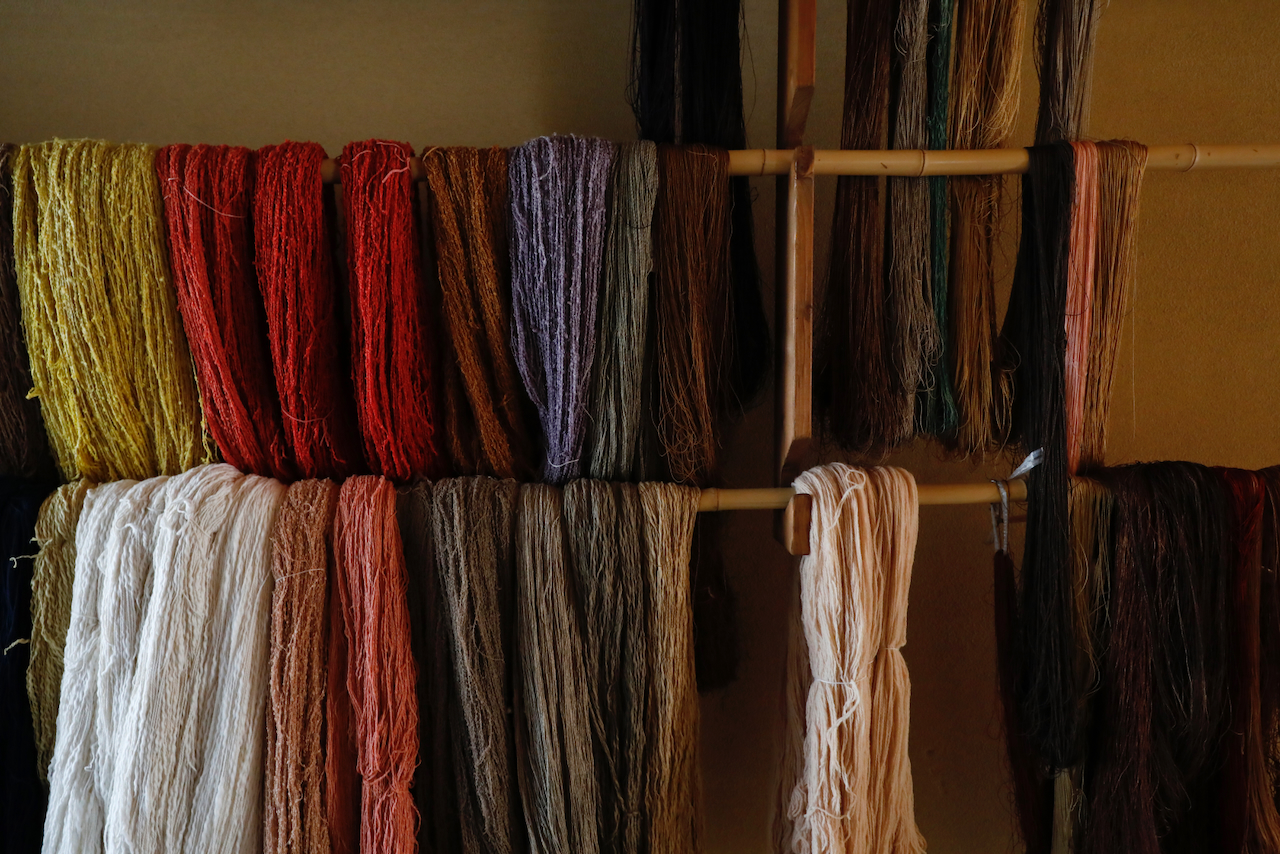
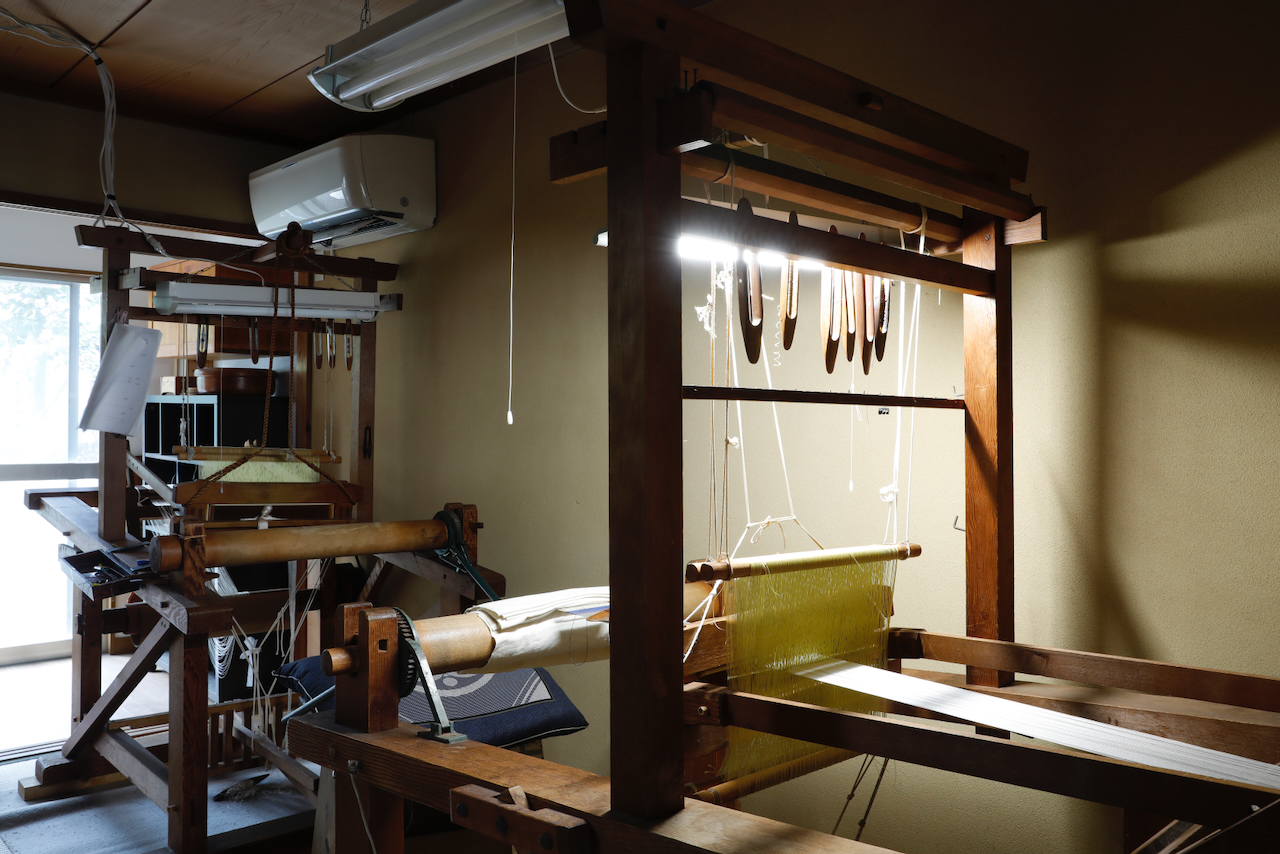
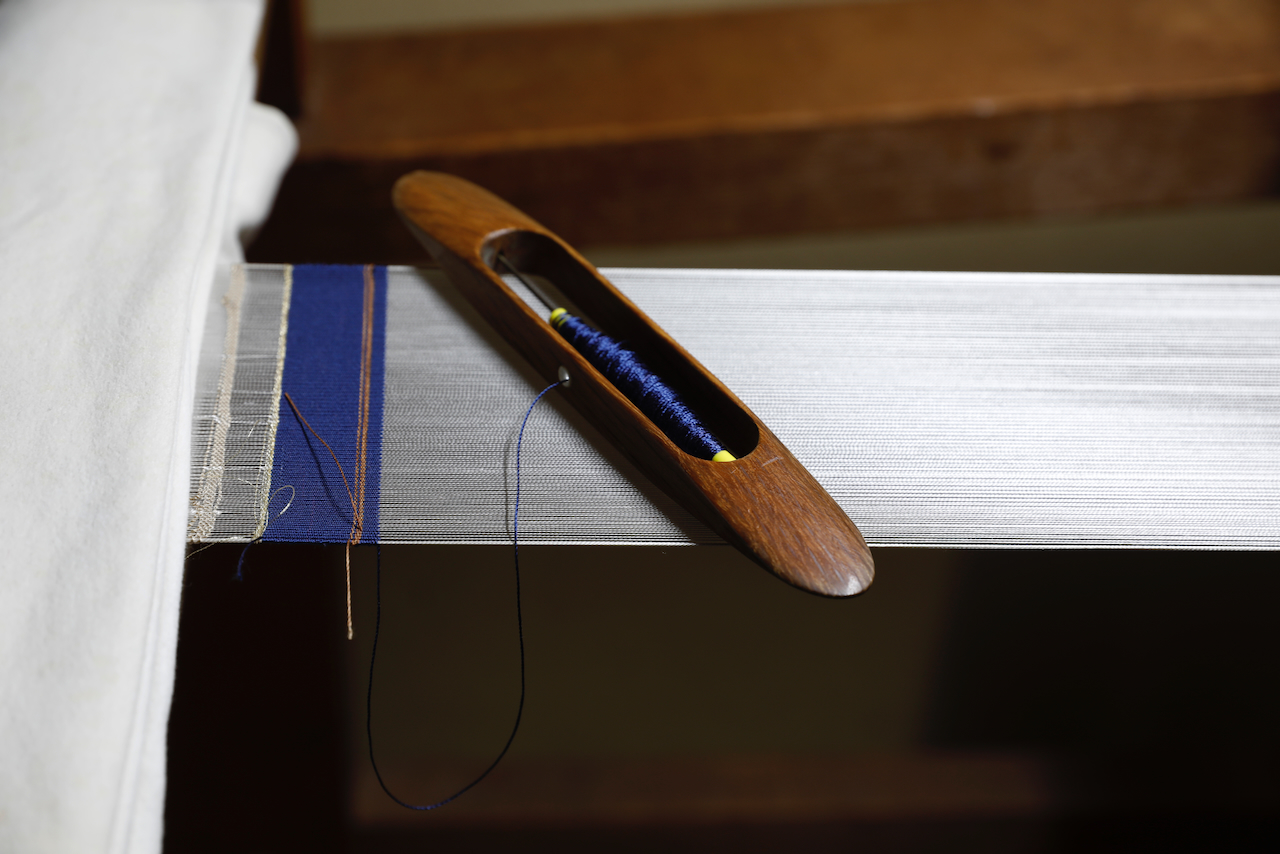
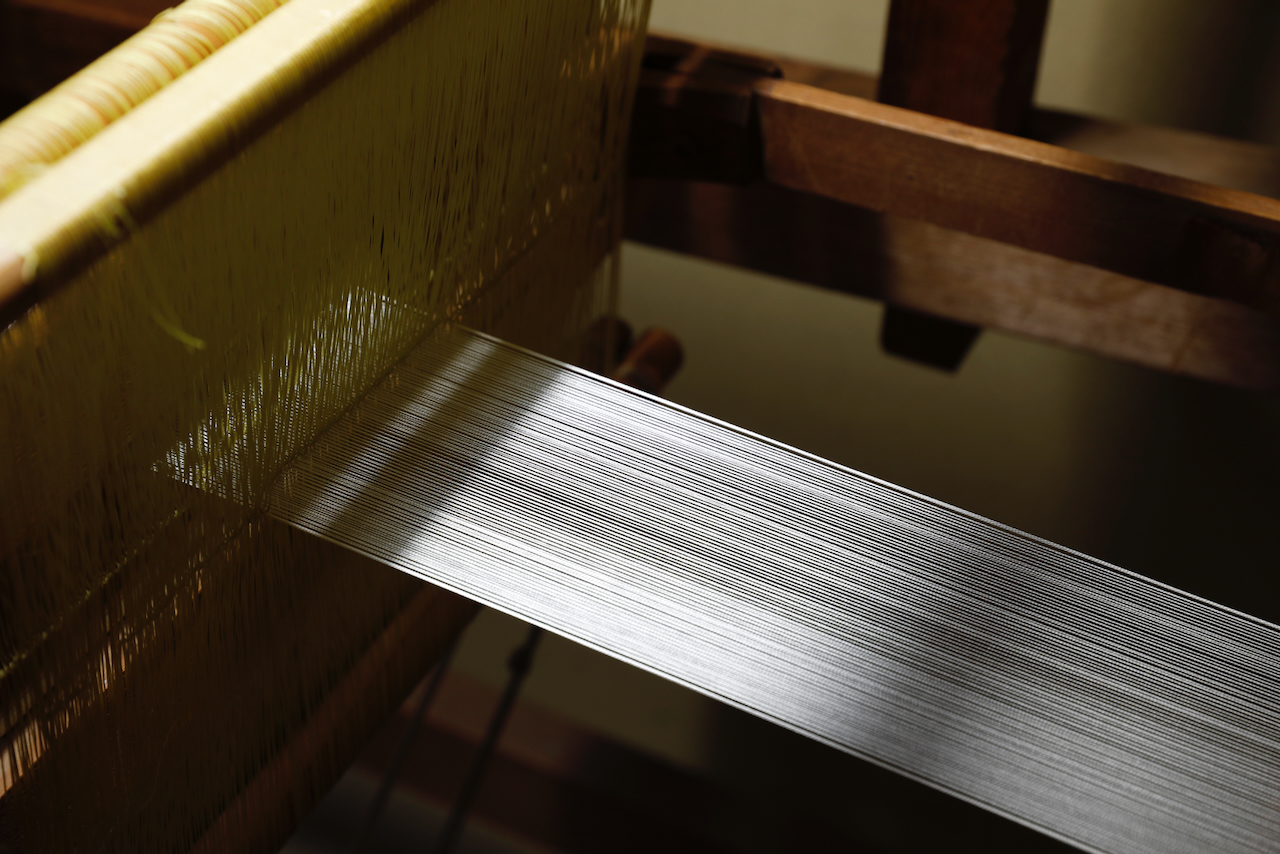
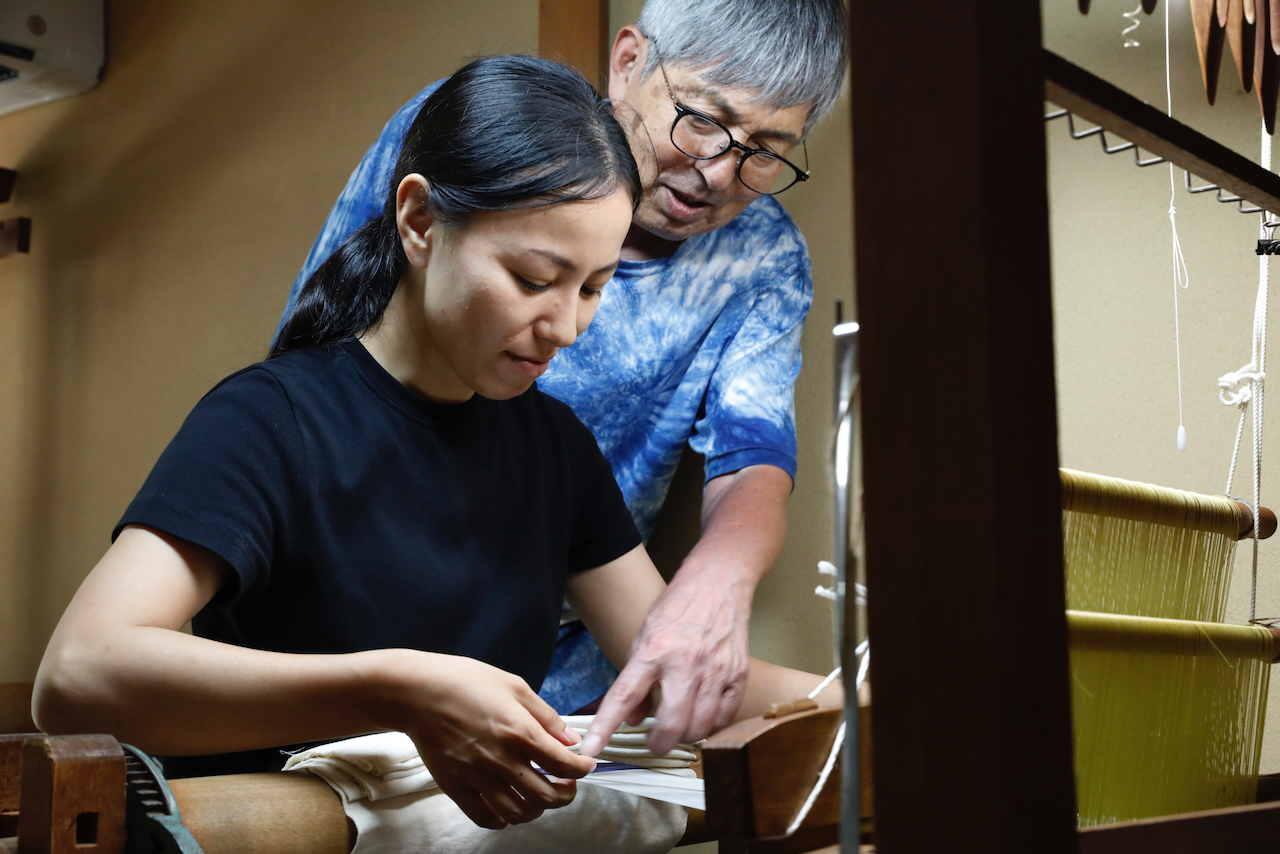
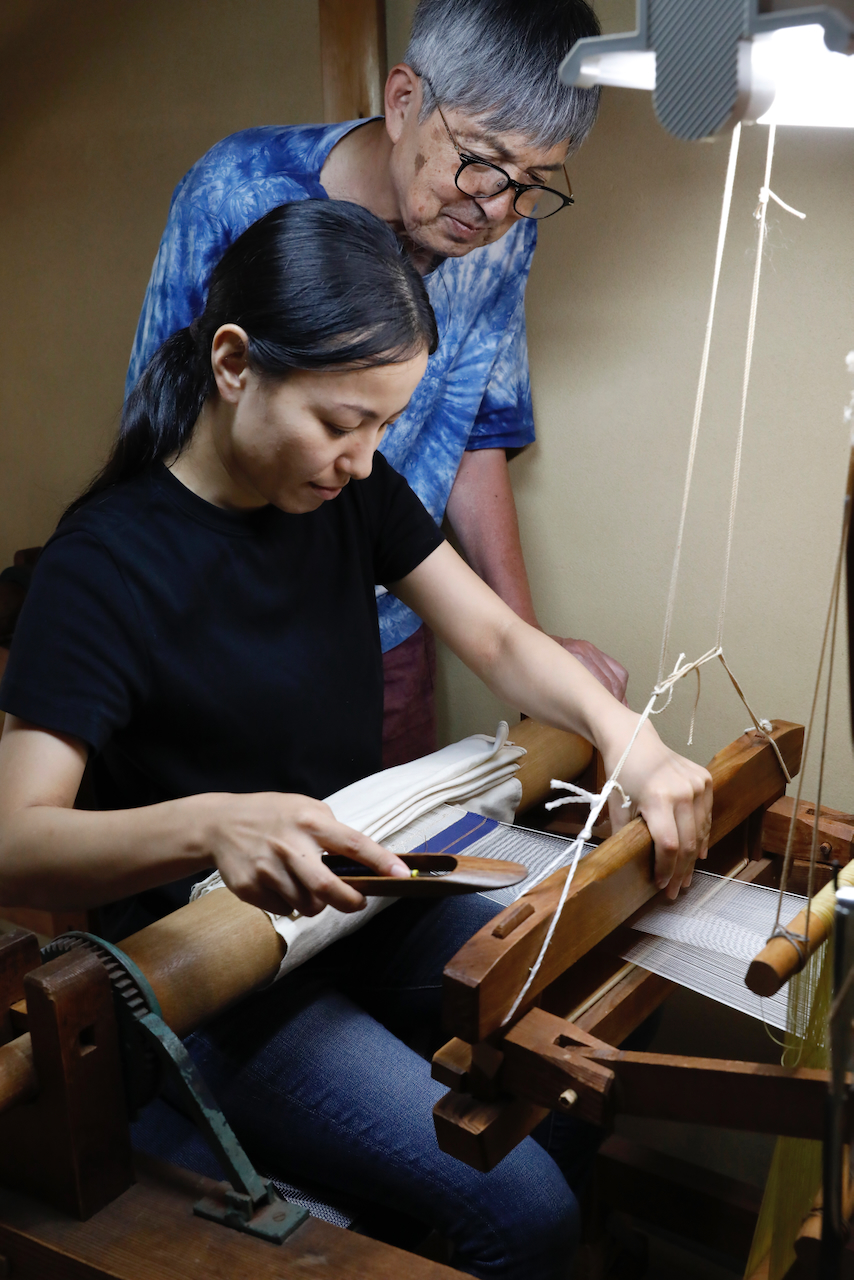
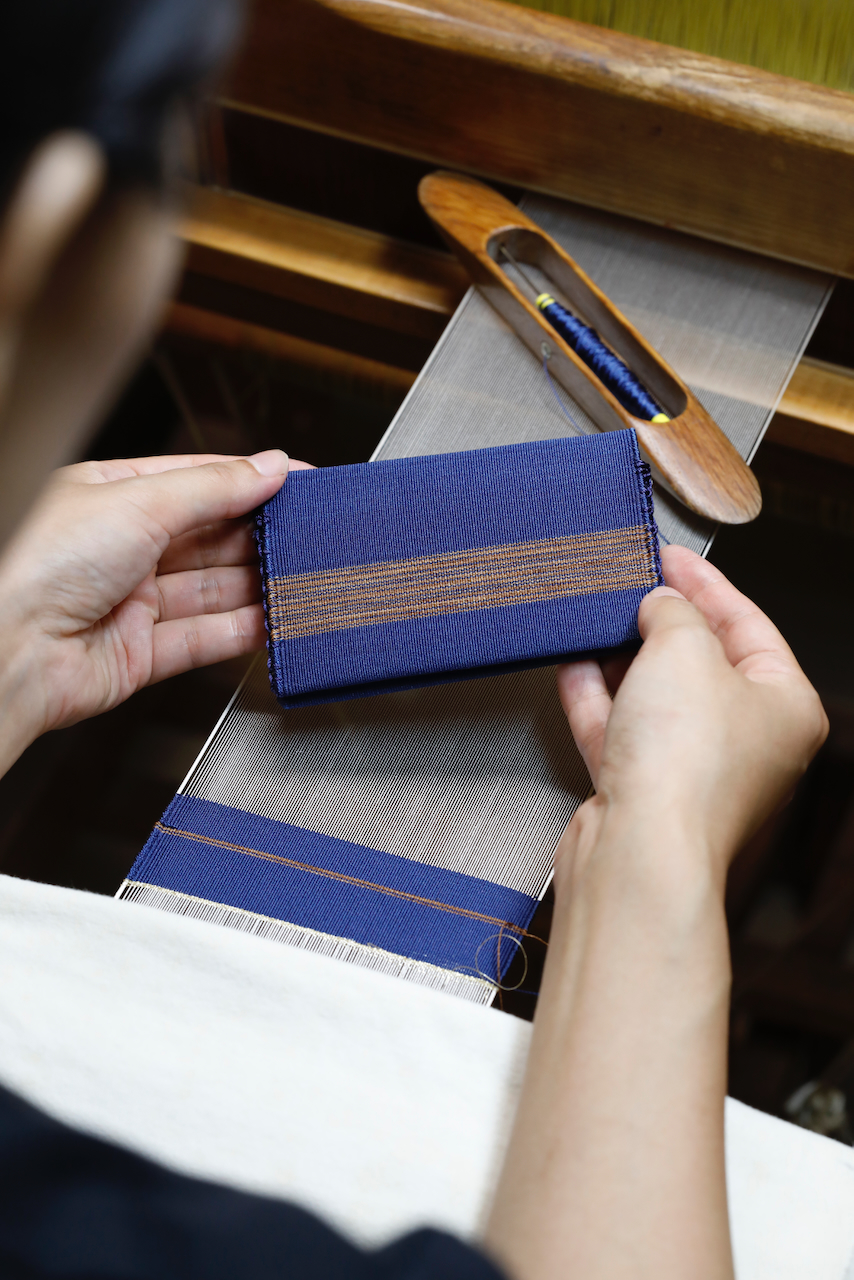

- Craftspeople
- Shigeru & Junko Kohno
- The workshop is run by a family in a residential area surrounded by nature in Oyamazaki Town, Kyoto Prefecture. They dye yarn with plants and trees, weave stoles, and make bags from the woven cloth. They also make business card cases, wallets, and purse from the dyed yarns using the traditional weaving techniques from Kyoto, Tsuzure-ori.
Access

- Nishiyama (15 mins. train & 10 mins. taxi ride from Kyoto Station)
- JR Yamazaki Station is accessible from Kyoto Station via 15 mins. / 230 JPY train ride
- 10 mins. /about 1,000 JPY taxi ride from JR Yamazaki Station

